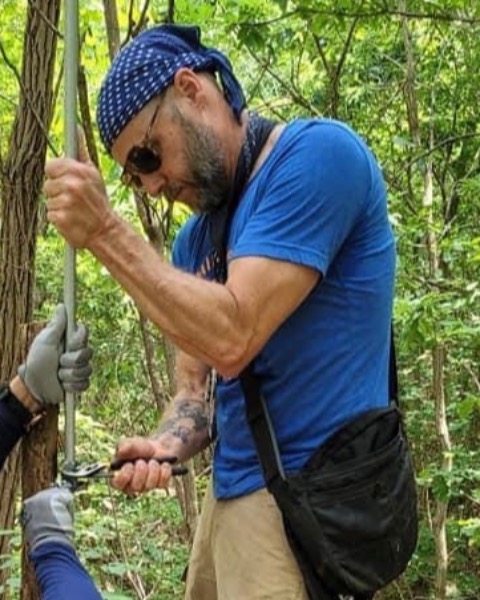Back
Systematics, Evolution, and Biodiversity
10-Minute Paper
SysEB: Biodiversity
Experiments with host plant associations and taxonomic boundaries of Diplolepis in western North America
Wednesday, November 16, 2022
2:18 PM – 2:30 PM PT
Location: Vancouver Convention Centre, Meeting Room 118

Chris Looney
Entomologist
Washington State Department of Agriculture
Olympia, Washington
Presenting Author(s)
The genus Diplolepis induces galls on rose species throughout the Northern Hemisphere. The majority of named species are described from the United States, although many are likely synonyms. Recent molecular analyses found that many currently accepted species are indistinguishable using common molecular markers. Four of these species occur in the Pacific Northwest of the United States and Canada, and form two distinct groups. The Diplolepis bassetti/D. polita group forms round unilocular galls on Rosa woodsii and R. nutkana, respectively. D. bassetti galls are covered by long dense hairs, while those of D. polita are covered by abundant thin spines. The other group induces small blister-like galls on leaves (D. rosaefolii) or stems (D. fusiformans). The molecular data raise questions about whether there are in fact only two distinct species, with gall morphology varying based on host plant (bassetti/polita) or tissue (rosaefolii/fusiformans). To test this, galls of D. bassetti and D. polita were placed on both host plants in 2019, and examined for evidence that host plant drives gall morphology. In both cases galls were only induced on the expected host, suggesting that these are indeed distinct species. The experiment was repeated in 2020, and galls of D. fusiformans were also isolated on host plants to see if emerging adults would form both stem and leaf galls. Results from these experiments will be presented in light of the current taxonomy, and known distribution and host plants.

